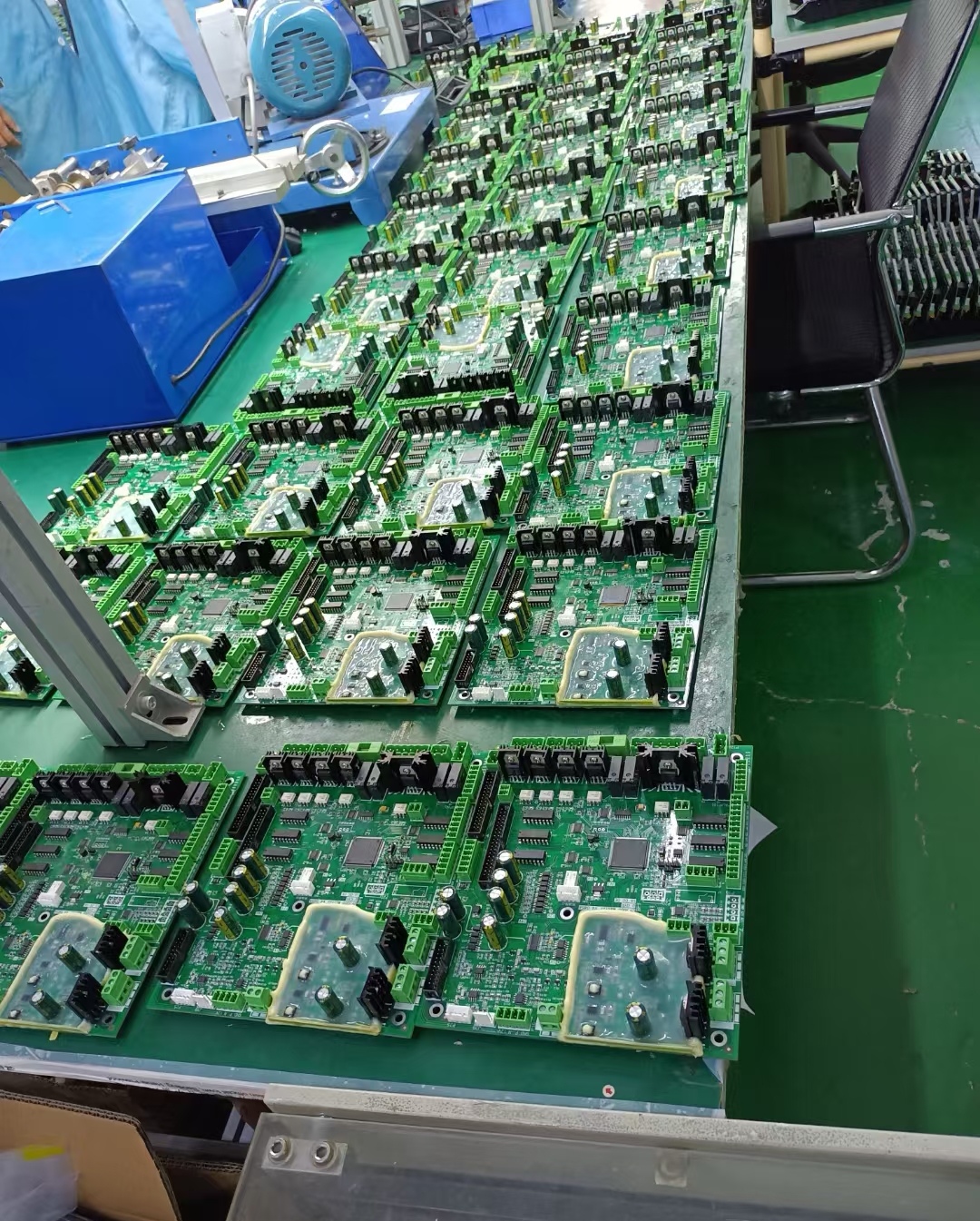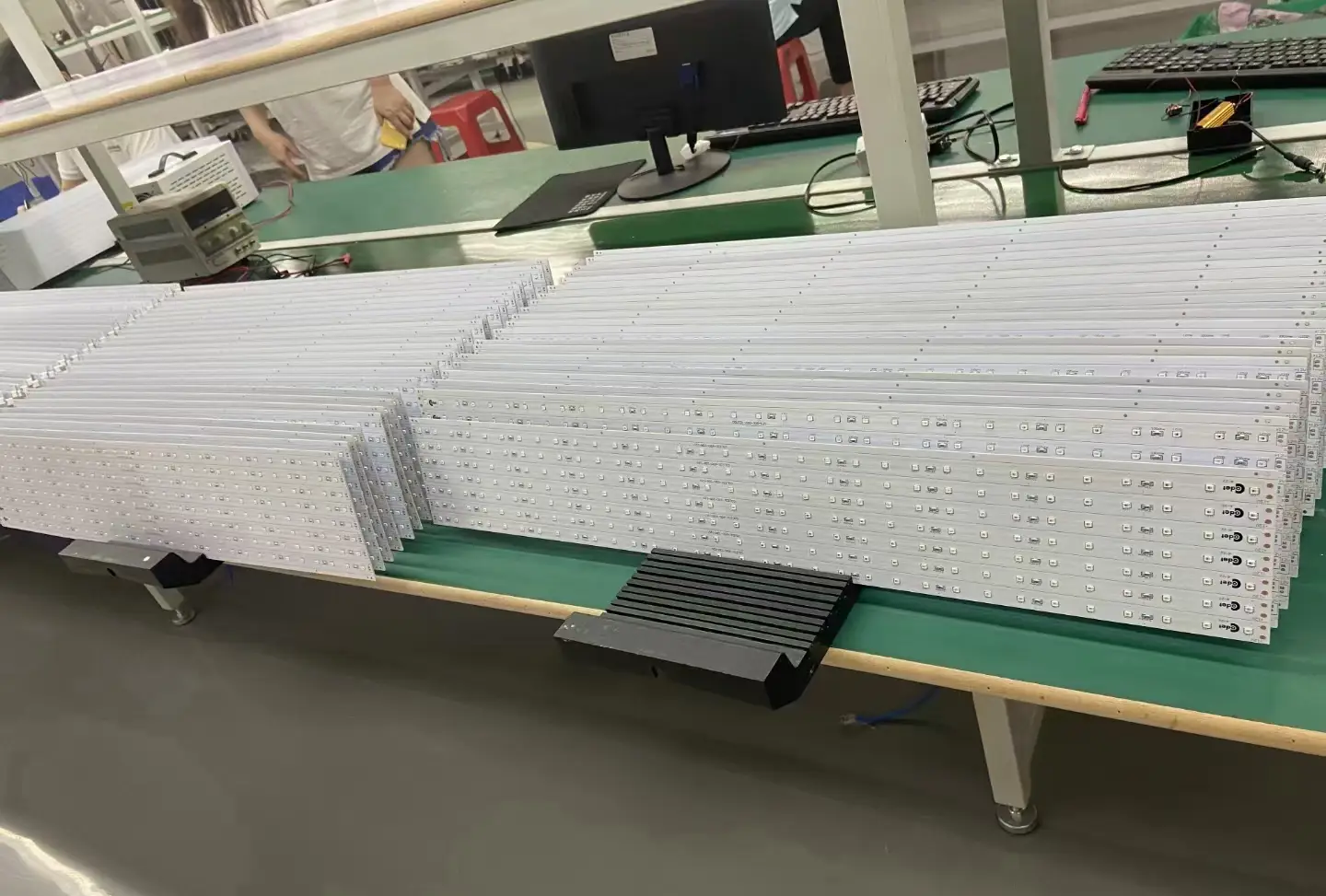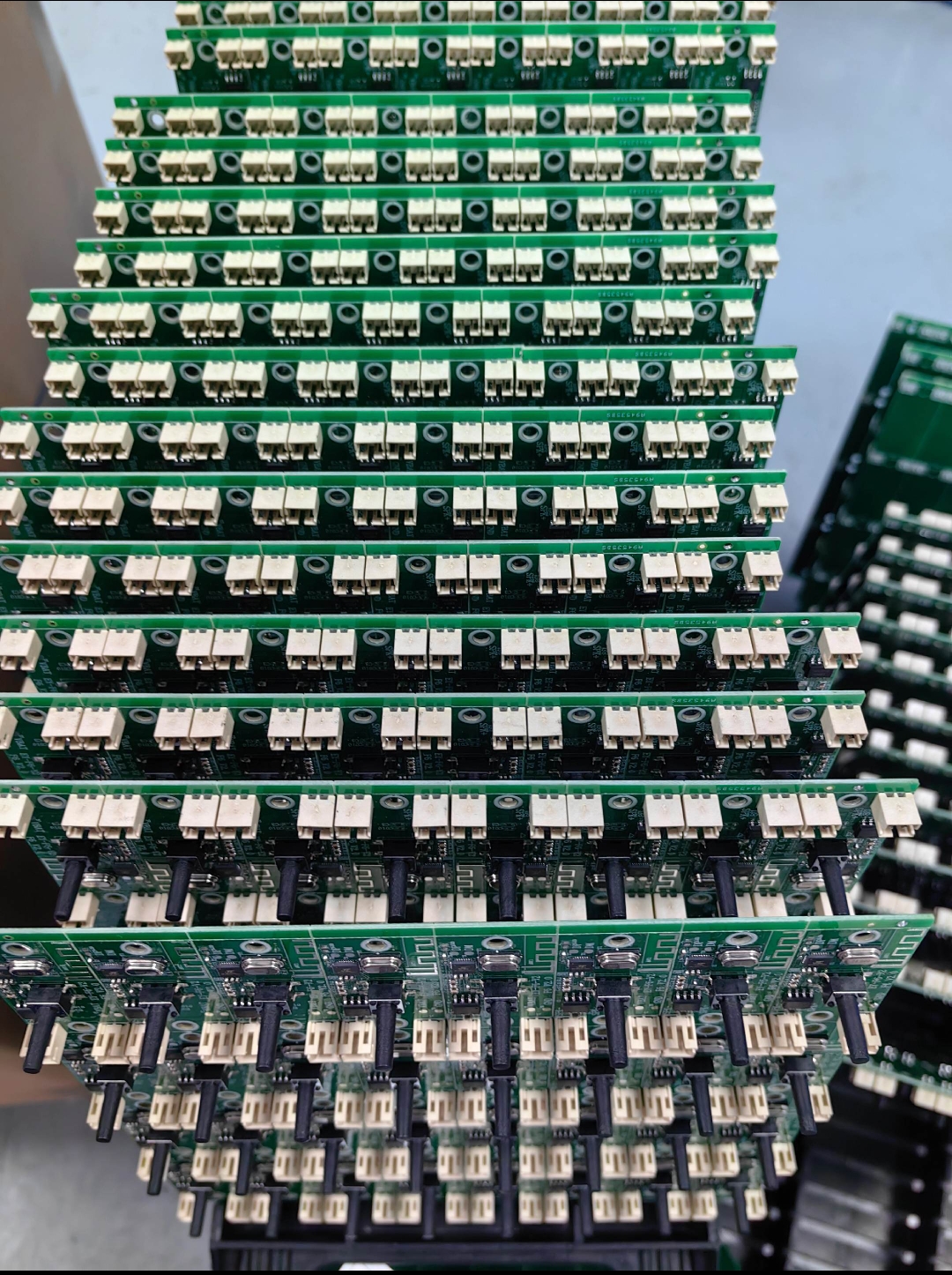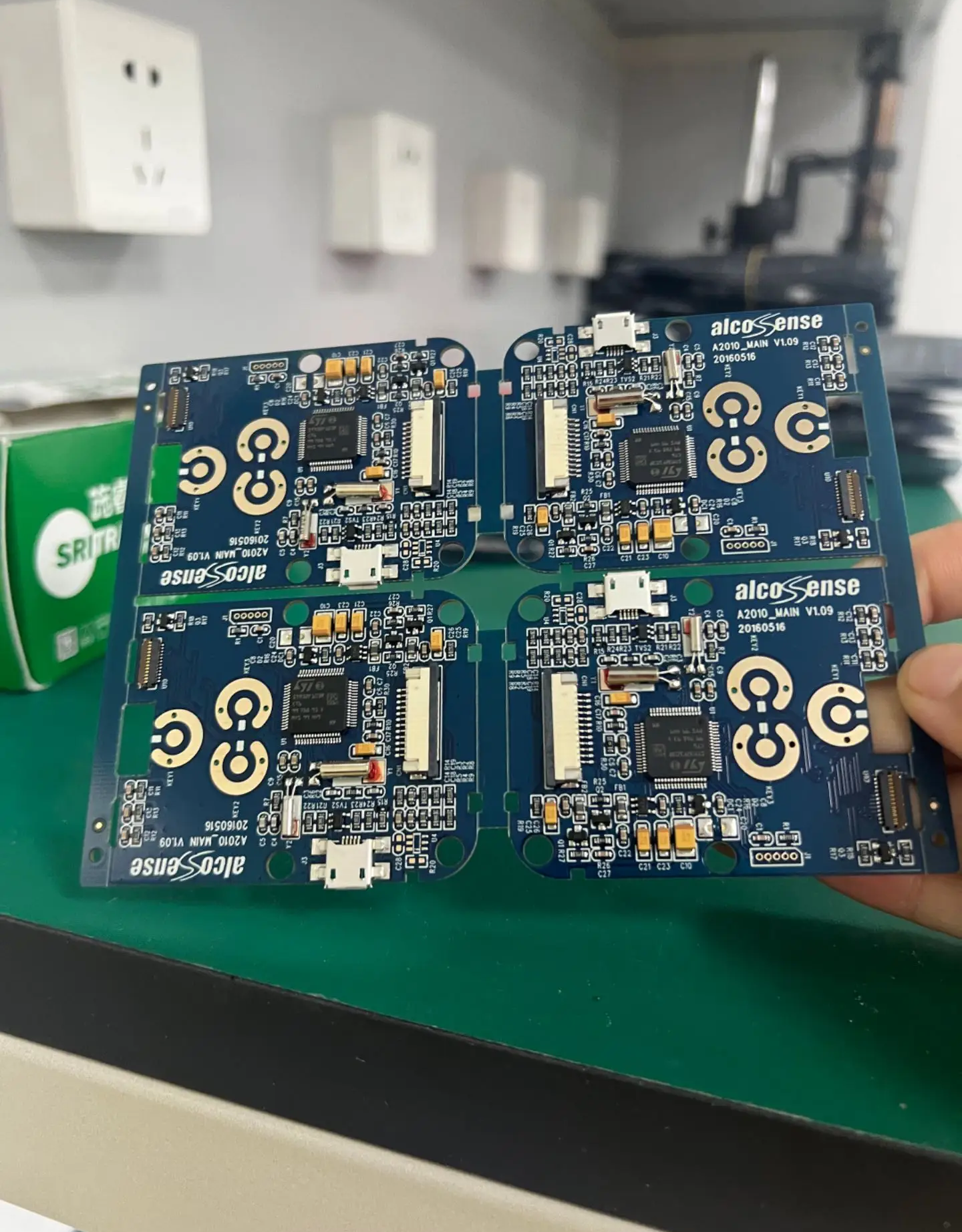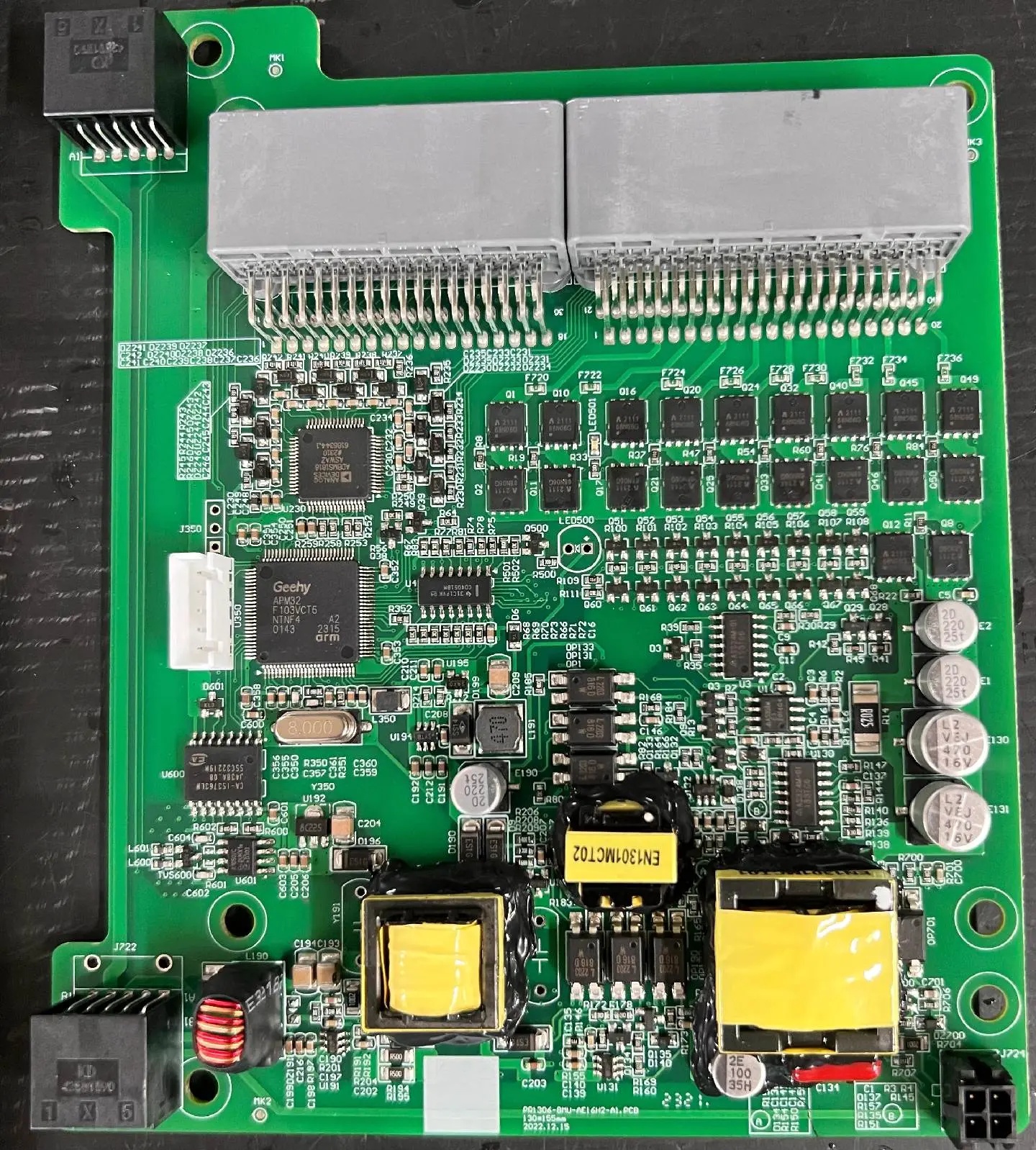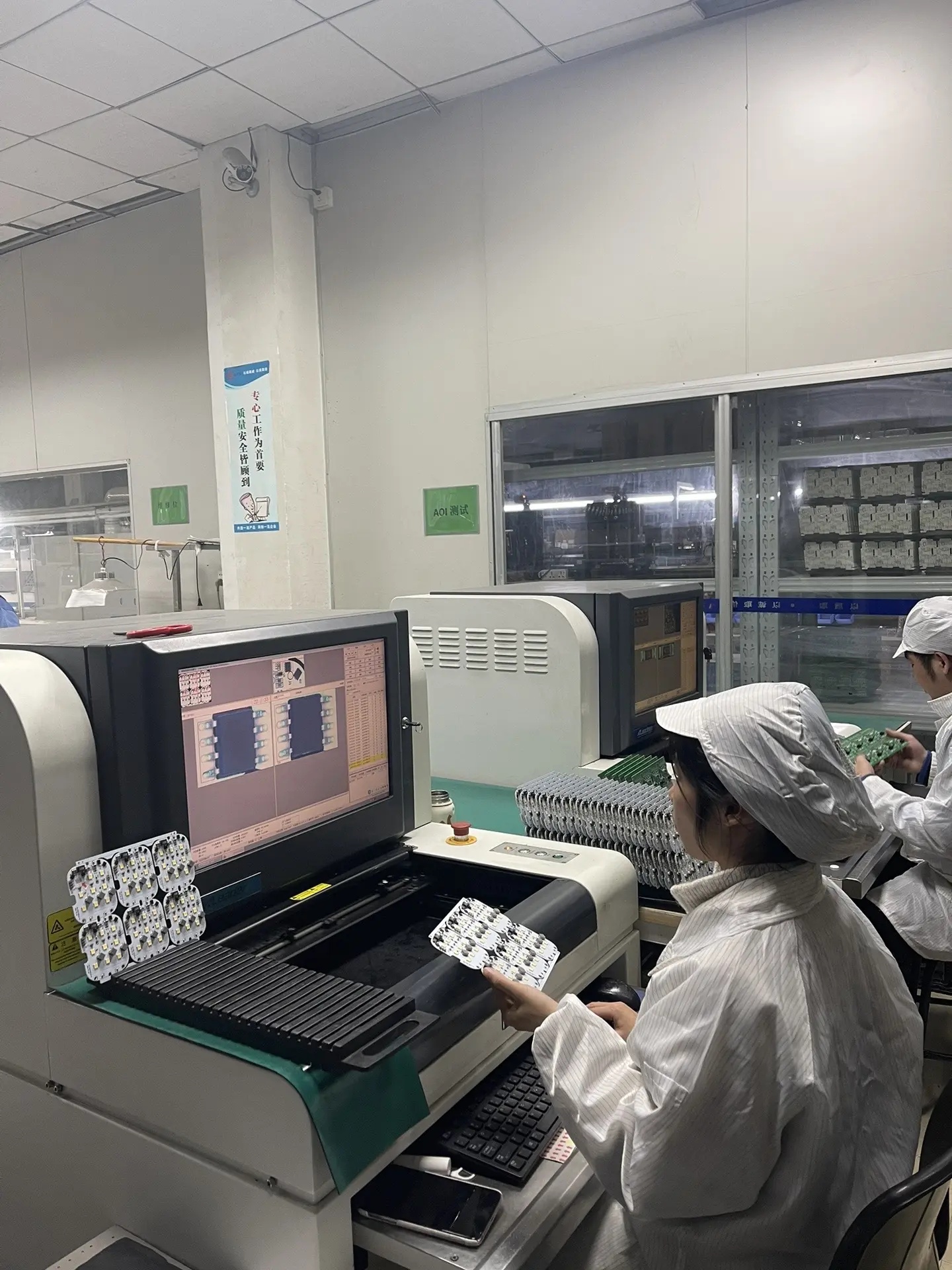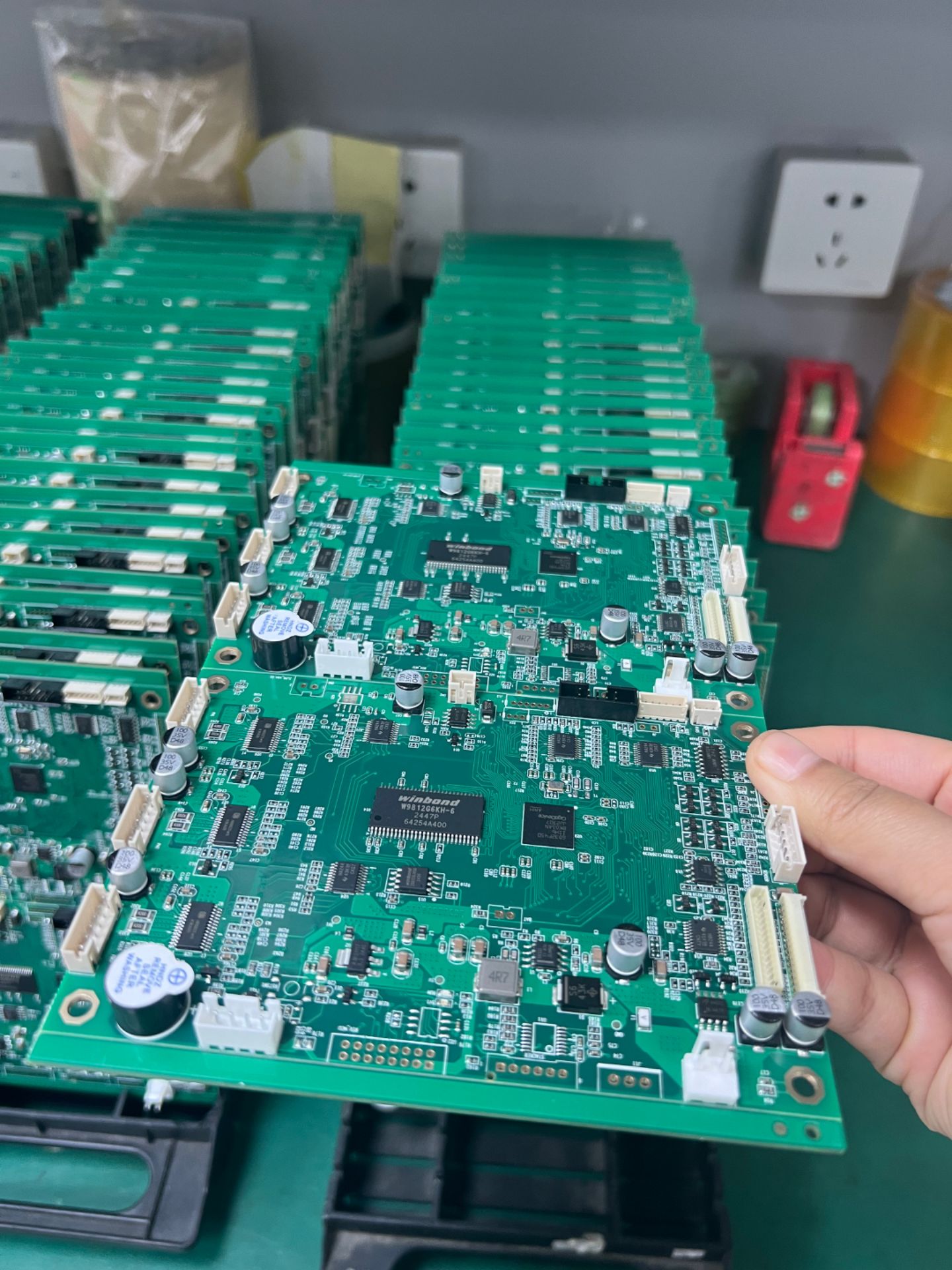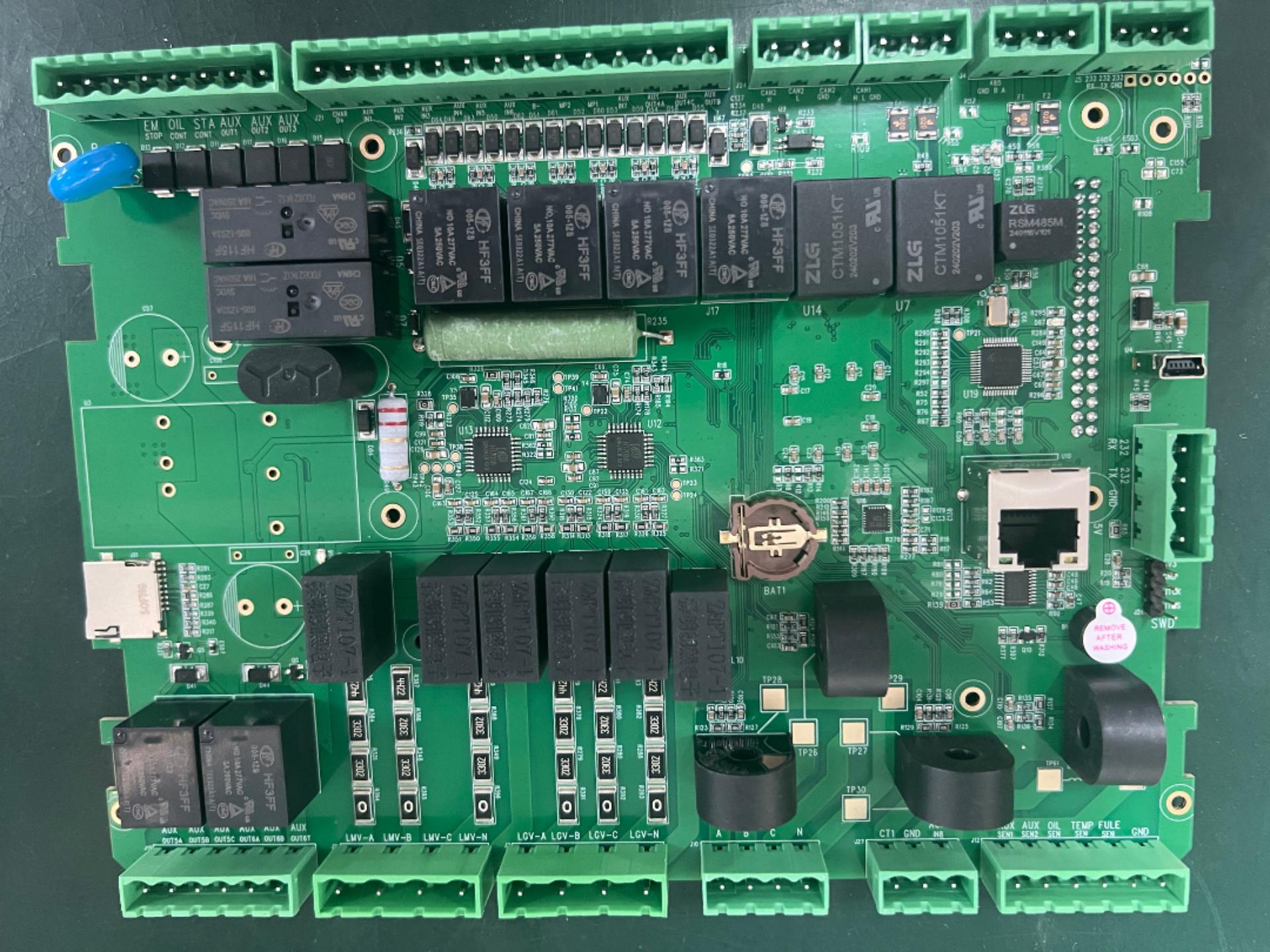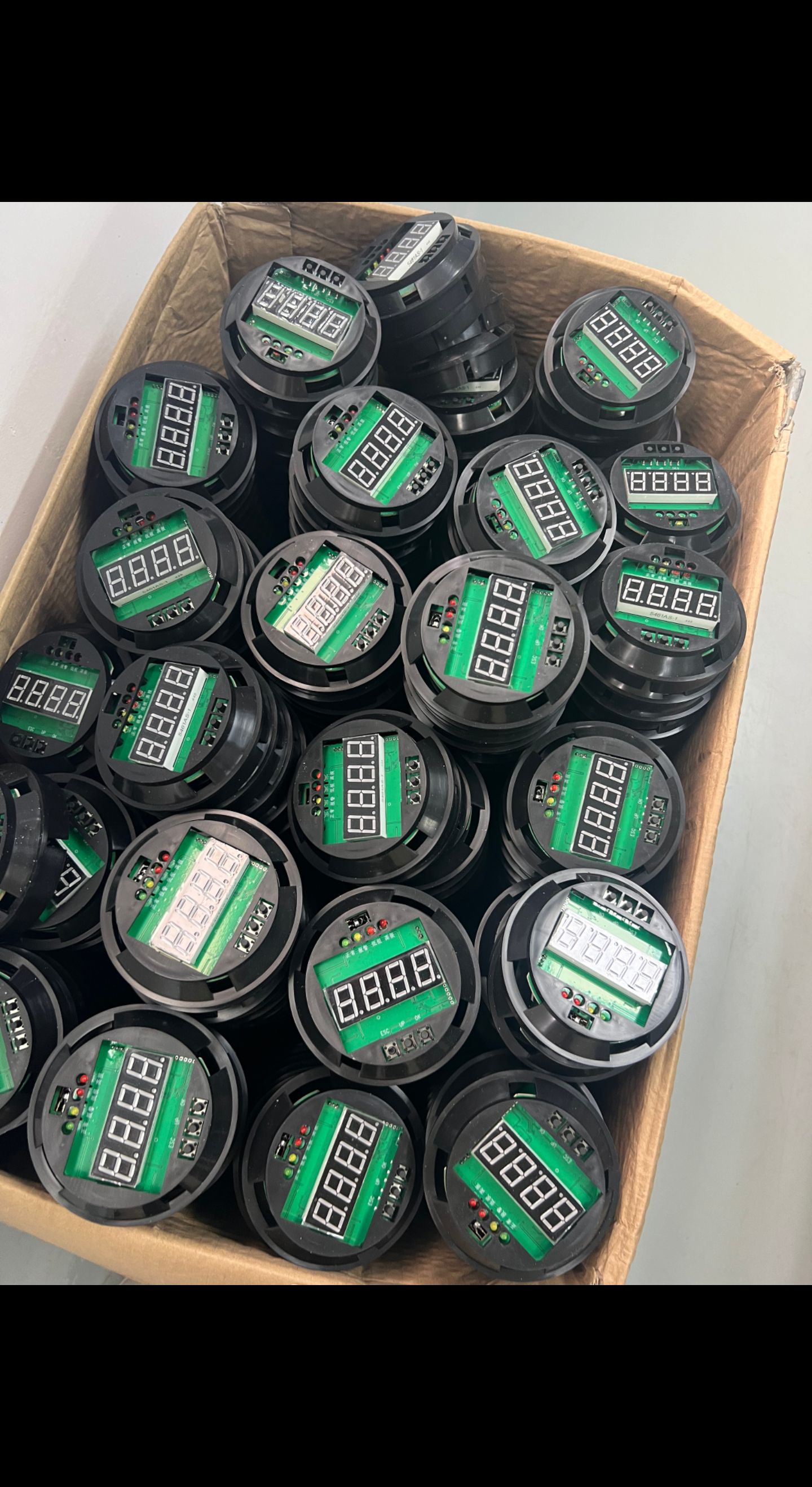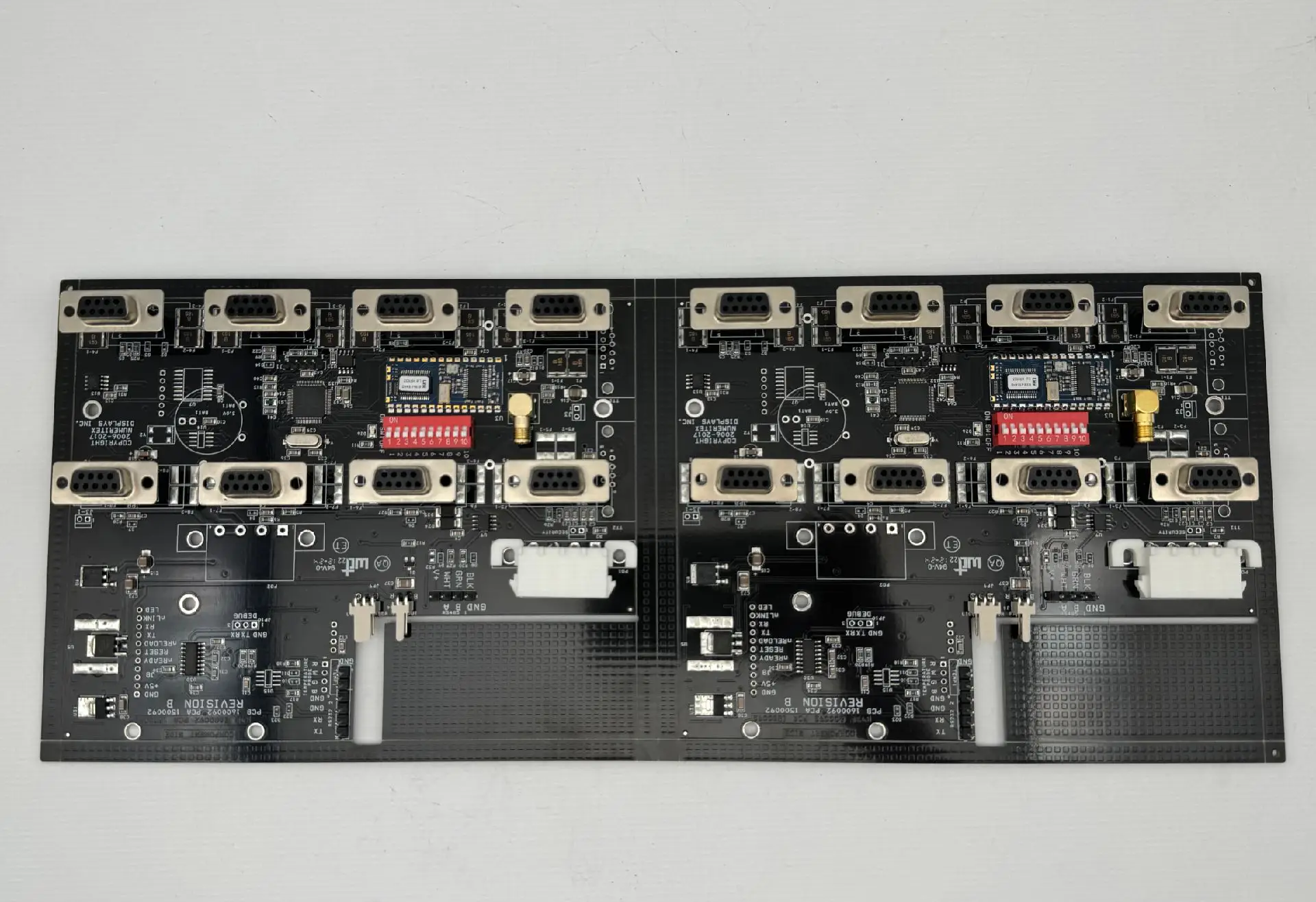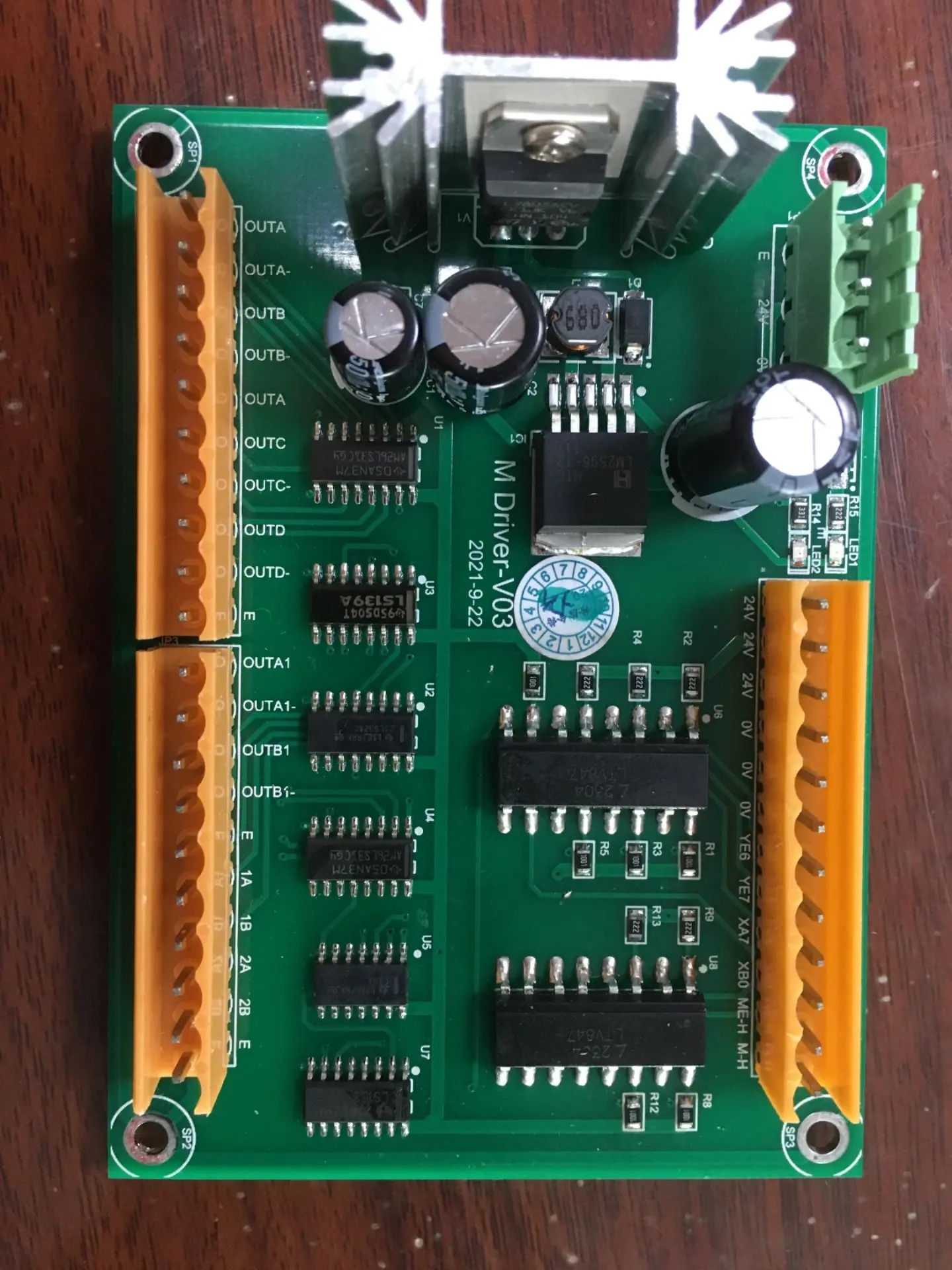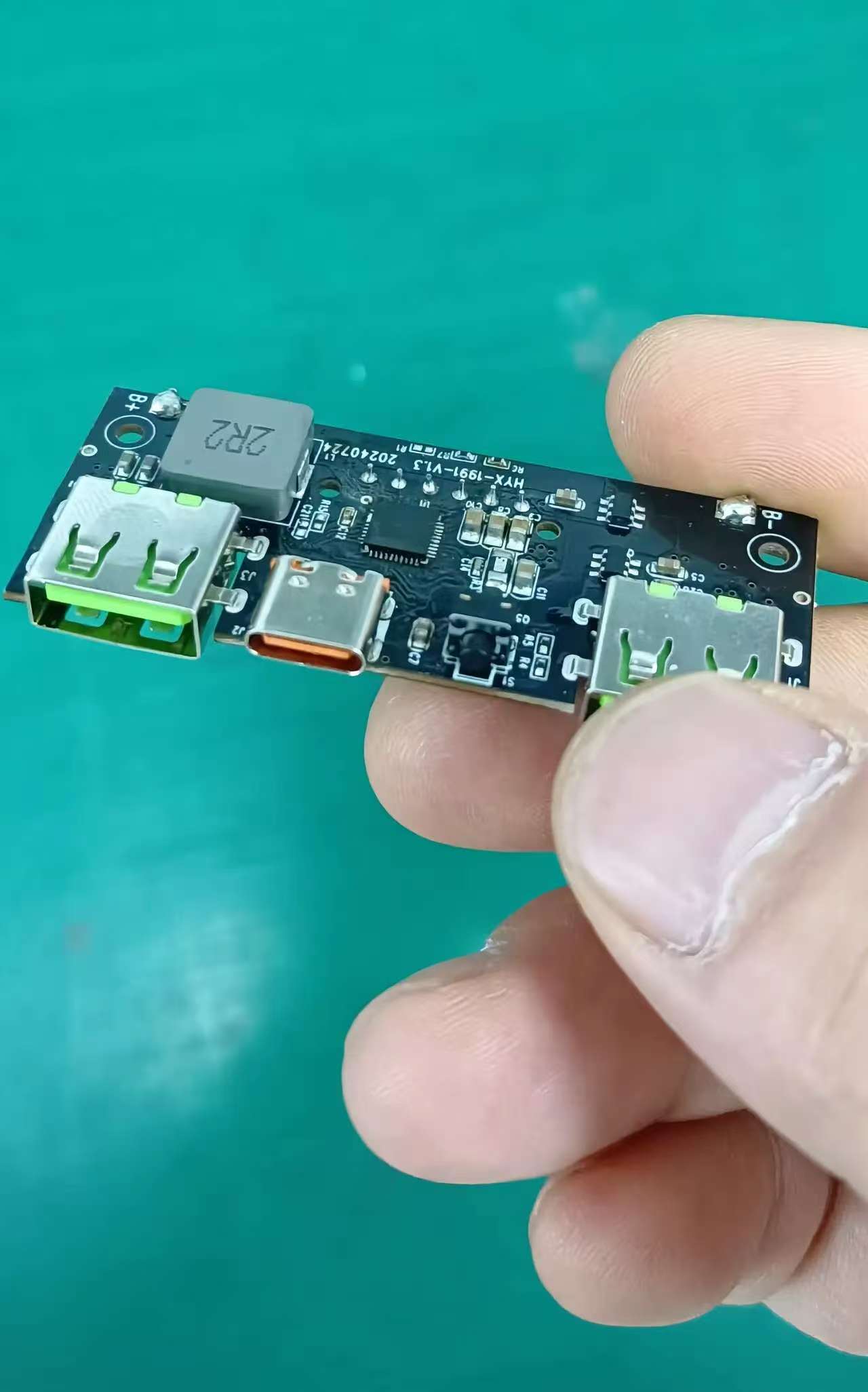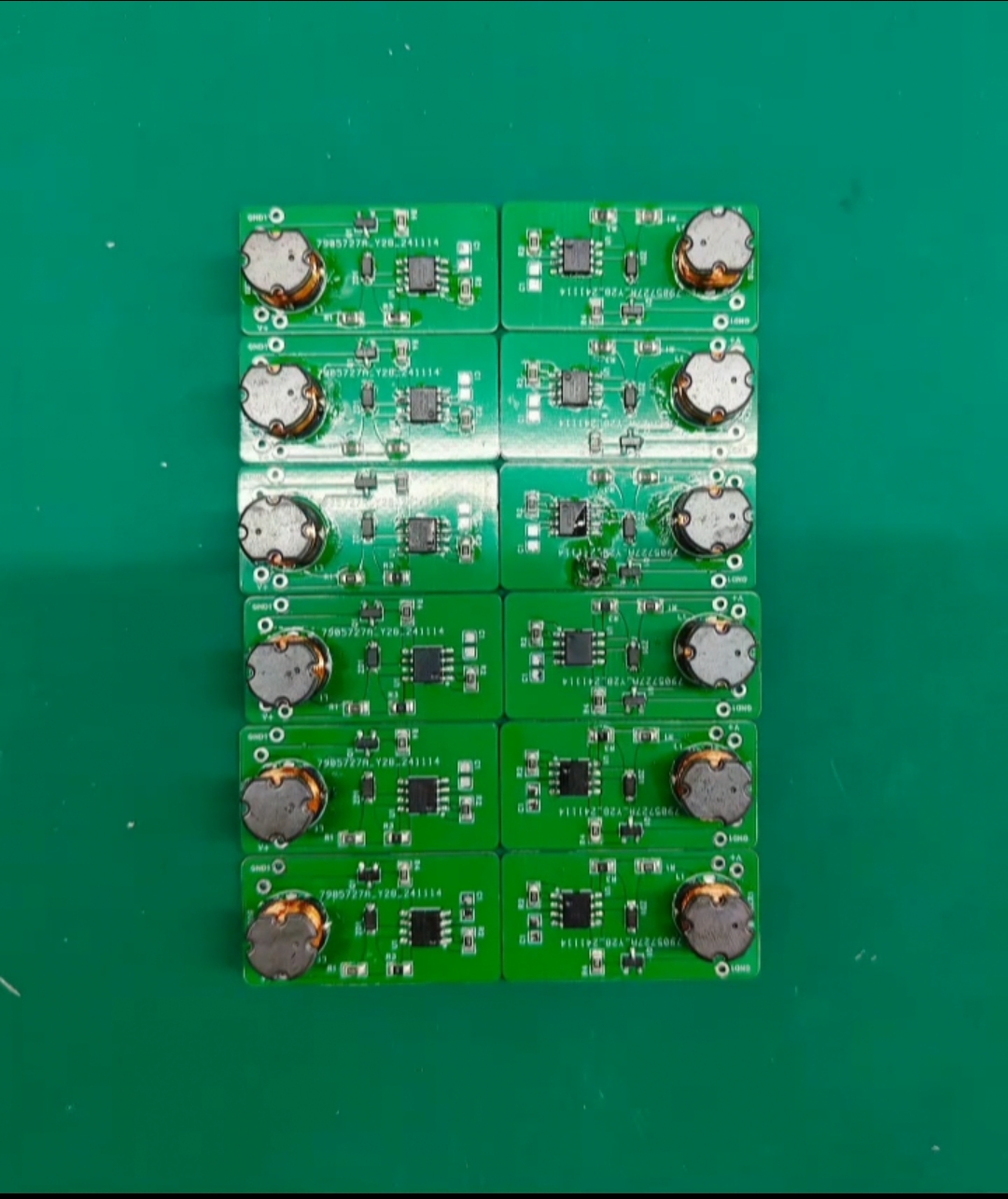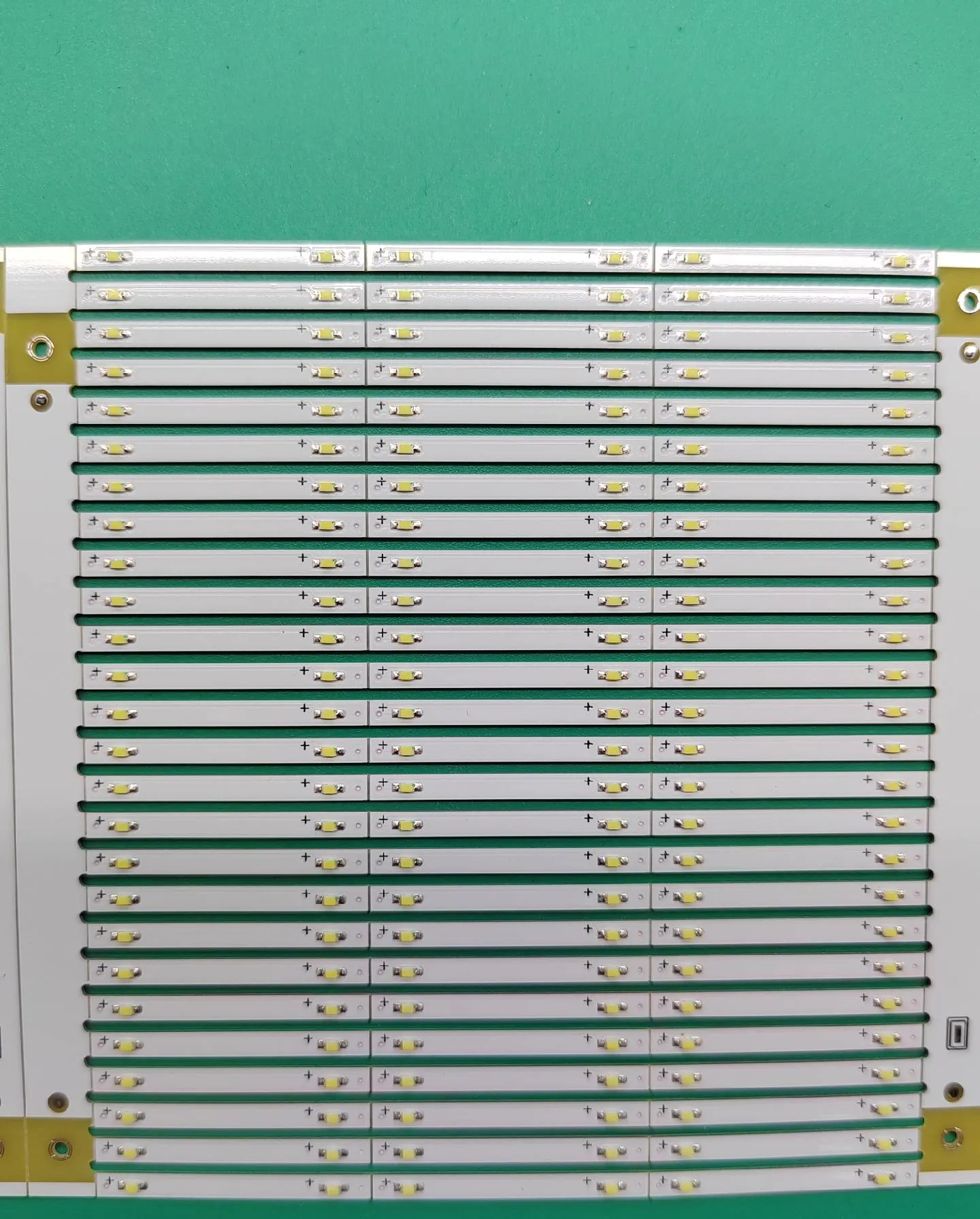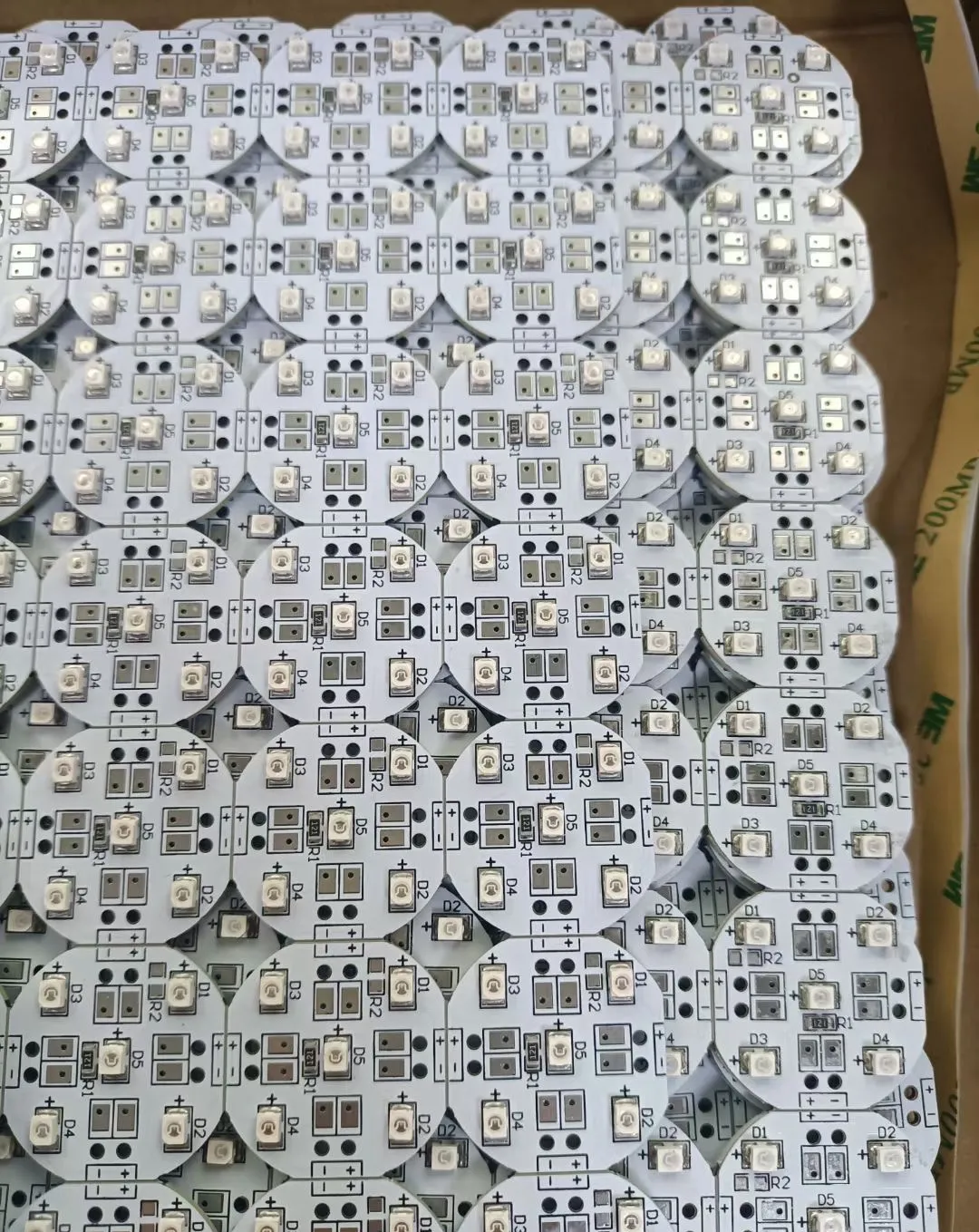Differences Between FPC and PCB Electronic Circuit Boards
In the world of electronic circuit boards, FPC (Flexible Printed Circuit) and PCB (Printed Circuit Board) are two major "protagonists". Although both are responsible for connecting electronic components, they differ significantly in several key aspects. Below is a detailed analysis of the core differences between FPC and PCB.
1. Material Composition: The Divide Between Flexibility and Rigidity
FPC's "flexible gene" stems from its materials, primarily using polyimide film or polyester film as the substrate. These flexible materials give FPC unique flexibility and bendability, allowing it to adapt to various complex shapes and narrow spaces like a "Transformer", providing more possibilities for innovative designs of electronic devices.
In contrast, PCB uses rigid FR-4 fiberglass-reinforced epoxy resin as the substrate. This material acts as a solid "cornerstone", endowing PCB with excellent stability and load-bearing capacity to firmly fix and support various electronic components, ensuring stable device operation.
2. Physical Properties: The Contrast Between Agility and Stability
Thanks to its flexible substrate, FPC exhibits high flexibility in physical properties. It can not only be folded and bent at will but also arrange components and wires freely in three-dimensional space, easily meeting application scenarios requiring bending or special shapes—such as circuit designs that conform to human curves in wearable devices.
PCB, with its rigid substrate, presents a stable posture. Its non-bendable and non-deformable characteristics make it an ideal choice for electronic devices requiring stable support, providing a solid "shelter" for electronic components in computers, home appliances, and other devices.
3. Manufacturing Processes: The Contest Between Complexity and Maturity
FPC manufacturing is like a precise "artistic creation" that requires special processes such as lamination, pressing, and metallization. Every step is critical, and slight errors may affect the quality and reliability of circuits on the flexible substrate, making FPC manufacturing relatively difficult.
PCB, by contrast, has a more mature manufacturing process. Processes such as chemical etching, gold plating, drilling, and copper cladding have formed standardized workflows. Although the overall process is also complex, high automation significantly improves production efficiency, enabling it to meet mass production demands.
8033 View

